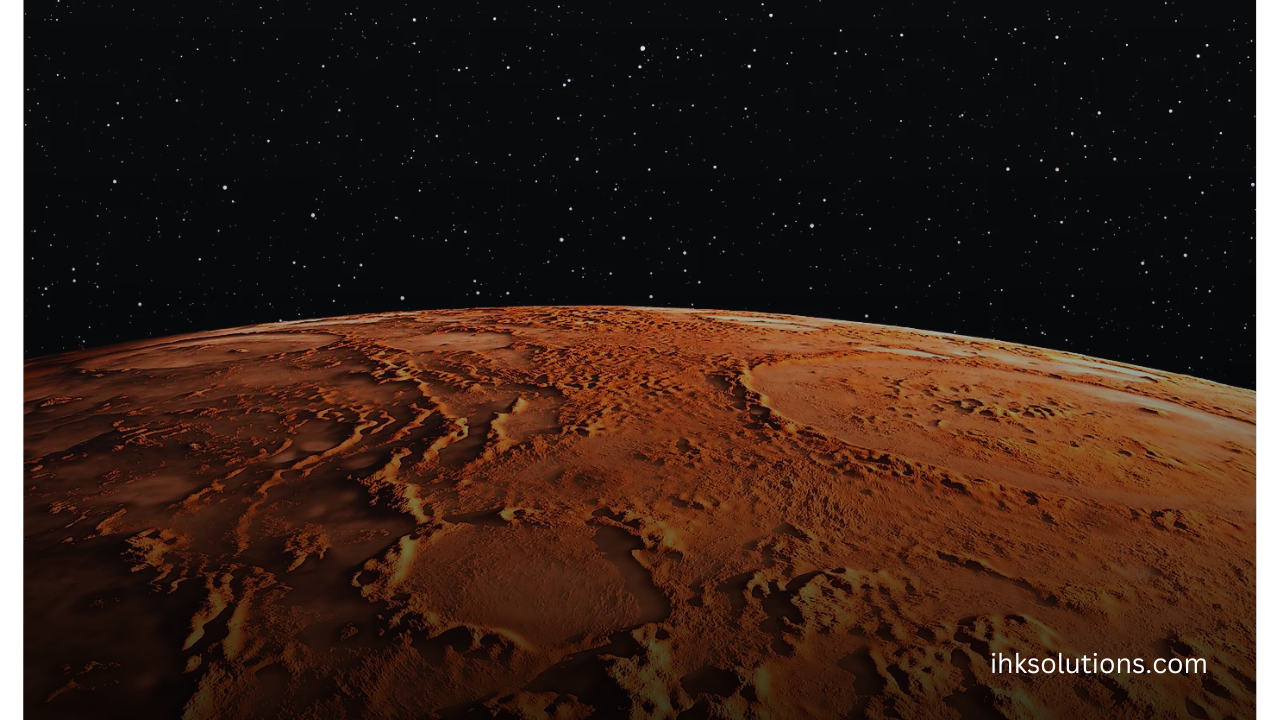Scientists Discover a New Way to Search for Life on Mars

Scientists Discover a New Way to Search for Life on Mars
Ancient Life on Mars? A New Method to Find Out
Life first emerged on Earth around four billion years ago, thriving in ancient ponds and seas in the form of microbes. “What if that happened on Mars too?And if it did happen, how would we even prove it?
Researchers searching for fossil evidence of ancient Martian microbes have made a significant breakthrough. They have demonstrated that microbial fossils can be detected in gypsum samples—minerals that closely resemble the sulfate-rich rocks found on Mars. This discovery suggests that similar techniques could be used to identify traces of past life on the Red Planet.
“Our research offers a clear and structured approach to identifying biosignatures in Martian sulfate minerals. This could be a valuable tool for future Mars exploration missions,” said Youssef Selam, a PhD student at the Institute of… Physics, University of Bern, and the lead author of the study published in Frontiers in Astronomy and Space Sciences. “Laser ionization mass spectrometry, a technology suitable for space missions, can effectively detect biosignatures in sulfate minerals. This technology could be integrated into future Mars rovers or landers for on-site analysis.”
Water, Minerals, and the Chance of Finding Fossils
Mars was once a water world, billions of years ago. As the planet dried up, minerals like gypsum and other sulfates formed in evaporating pools. These minerals may have preserved any microbial life that once existed, trapping ancient bacterial traces within their structures. If microbial life thrived in Mars’ watery past, its remnants could still be locked inside these minerals, waiting to be discovered.
“Gypsum is pretty common on Mars, and it’s excellent at preserving fossils,” Selam said. “It forms quickly, capturing microorganisms before they have a chance to decay, which helps preserve their structures and chemical signatures.”
However, before we can identify potential Martian microbial fossils, we first need to prove that we can detect similar fossils in places where we already know such microbes once lived—such Mediterranean gypsum formations that took shape during the Messinian Salinity Crisis.
“The Messinian Salinity Crisis occurred when the Mediterranean Sea was cut off from the Atlantic Ocean,” Selam said. “This led to rapid evaporation, making the sea extremely salty and depositing thick layers of evaporites, including gypsum. These deposits provide an excellent Earth-based analogue for Martian sulfate formations.”
A Space-Friendly Tool for the Search
Scientists selected a tool that could be used on a space mission: a compact laser-based mass spectrometer capable of analyzing a sample’s chemical composition in micrometer-scale detail. They collected gypsum samples from the Sidi Boubtal quarry in Algeria and analyzed them using the mass spectrometer and optical microscopy. The analysis followed specific criteria designed to distinguish potential microbial fossils from natural rock formations.
These criteria include irregular, winding, and possibly hollow structures, along with the presence of chemical elements essential for life, organic materials, and minerals like clay or dolomite, which are often influenced by bacterial activity.
Did Life Once Thrive on Mars?
The scientists identified long, twisted fossilized filaments within the Algerian gypsum. These were previously interpreted as benthic algae or cyanobacteria but are now believed to be sulfur-oxidizing bacteria similar to *Beggiatoa*. These filaments were embedded in the gypsum, surrounded by dolomite, clay minerals, and pyrite.
The presence of these minerals hints at biological origins. Primitive cells—those without a nucleus—help provide clay with the necessary elements for its formation. They also facilitate dolomite formation in acidic environments like Mars by increasing local alkalinity and concentrating ions within their cell membranes.
For dolomite to form within gypsum without biological activity, it would require high temperatures and pressures that would cause the gypsum to dehydrate—conditions that do not align with what we know about Mars’ environment.
How Close Are We to Discovering Life on Mars?
If mass spectrometers on Mars can identify the presence of clay and dolomite within Martian gypsum—alongside other biological markers—it could be a major indicator of fossilized life. This could be further supported by analyzing the chemistry of associated minerals and searching for similar organic filaments.
Selam cautioned, “While our results strongly support the biological nature of the fossilized filaments in gypsum, distinguishing true biosignatures from non-biological mineral formations remains a challenge. An additional independent detection method would improve confidence in identifying life. Furthermore, Mars has unique environmental conditions that could impact the preservation of biological markers over geological timescales. More research is needed.”


